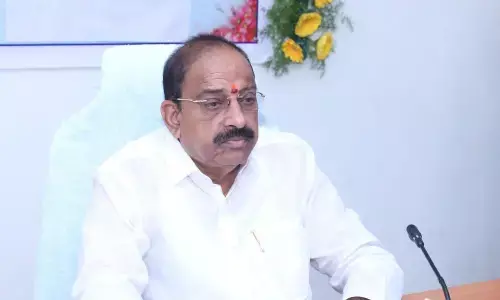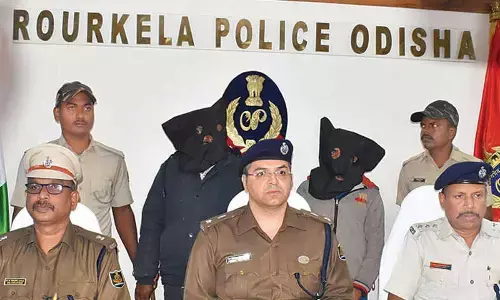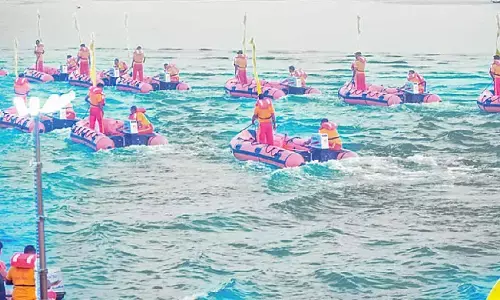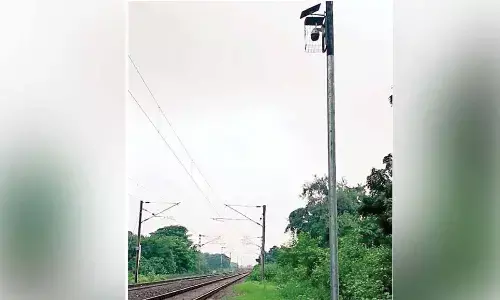ISRO to celebrate I-Day by launching earth observation satellite
Share :

The Indian space agency will celebrate the country’s Independence Day by putting into orbit an earth observation satellite (EOS) with its small rocket – Small Satellite Launch Vehicle (SSLV).
Chennai: The Indian space agency will celebrate the country’s Independence Day by putting into orbit an earth observation satellite (EOS) with its small rocket – Small Satellite Launch Vehicle (SSLV).
The Indian Space Research Organisation (ISRO) said the SSLV’s third and final development flight will be on August 15, 2024 at 9.17 a.m. from the country’s rocket port in Sriharikota, Andhra Pradesh.
The rocket will carry the microsatellite called EOS-08 weighing about 175.5 kg.
The mission is called SSLV-D3/EOS-08.
According to ISRO, the proposed mission will complete the SSLV Development Project and enable operational missions by Indian industry and the public sector NewSpace India Ltd.
The primary objectives of the EOS-08 mission include designing and developing a microsatellite, creating payload instruments compatible with the microsatellite bus, and incorporating new technologies required for future operational satellites, ISRO said.
Built on the Microsat/IMS-1 bus, EOS-08 carries three payloads: Electro Optical Infrared Payload (EOIR), Global Navigation Satellite System-Reflectometry payload (GNSS-R), and SiC UV Dosimeter.
The EOIR payload is designed to capture images in the Mid-Wave IR (MIR) and Long-Wave IR (LWIR) bands, both during the day and night, for applications such as satellite-based surveillance, disaster monitoring, environmental monitoring, fire detection, volcanic activity observation, and industrial and power plant disaster monitoring.
The GNSS-R payload demonstrates the capability of using GNSS-R-based remote sensing for applications such as ocean surface wind analysis, soil moisture assessment, cryosphere studies over the Himalayan region, flood detection, and inland waterbody detection.
ISRO said the SiC UV Dosimeter monitors UV irradiance at the viewport of the Crew Module in the Gaganyaan Mission and serves as a high-dose alarm sensor for gamma radiation.
EOS-08 marks a significant advancement in satellite mainframe systems such as an Integrated Avionics system, known as the Communication, Baseband, Storage, and Positioning (CBSP) Package, which combines multiple functions into a single, efficient unit.
According to ISRO, the satellite employs a miniaturized design in its Antenna Pointing Mechanisms, capable of achieving a rotational speed of 6 degrees per second and maintaining a pointing accuracy of ±1 degree.
















